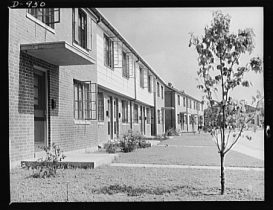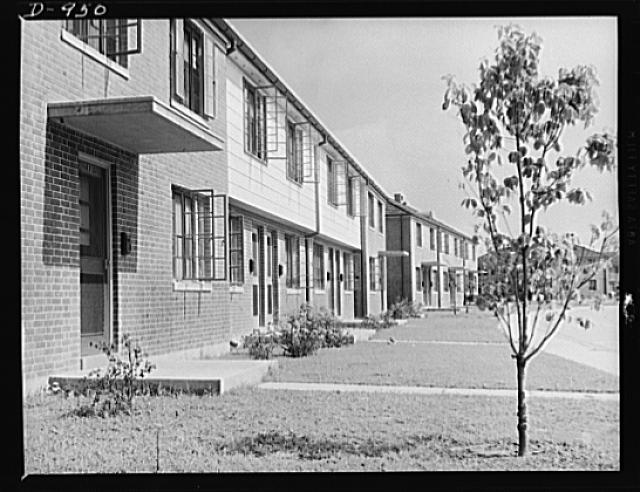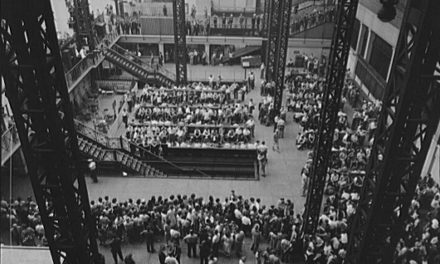With almost 400,000 people having moved to Washington since January of 1940, it is no wonder that there is no place for all of them to stay. More than 126,000 Americans in the nation’s capital will be homeless tonight.
The issue is not only the lack of housing but also the exorbitant cost that puts it out of reach for many factory workers. According to Marvin Wire, director of the Washington War Housing Agency, residents are forced to live in “extremely unsanitary conditions – sometimes with as many as seven people living in a single room, often with only a wood stove for heat.” Wire added, “Many of these people are considered non-vital employees, i.e., they are not defense workers, they are not eligible for aid to help pay for the sky-rocketing cost of living.”
The average Washington home is far from the beautiful residences you see in magazines. The Alley Dwelling Authority Buildings on Alabama Ave SE are typical. Each building has three-family units, each consisting of families with 12 or more people. On average these families pay $22.50 a month, and they are considered the lucky ones. Most war time families can only afford a maximum of 25% of their monthly income for housing, which equates to about $25 a month. Over the past few months there have been practically no homes for rent in this price range, forcing families to either cut back on other basic necessities, or live in foul conditions.

Low-rent housing built by the US Housing Authority in Portsmouth, Virginia (photo by Alfred T. Palmer, from Library of Congress).
For those affected it has been difficult to alleviate this problem. Bureaucratic policy is only making the problem worse. In order to be able to build new residences, builders are required to obtain approval from the War Production Board (WPB) for their housing plans. It is only upon approval from the WPB that the builder is granted the ability to acquire the materials needed for the housing construction.
The Federal Housing Administration (FHA) is not making this easy for builders and perspective renters either. Although the FHA helps finance new residential construction, the program has resulted in leaving people on the streets even longer. On top of the requirements from the WPB, builders must also run all housing plans through the FHA in order to obtain the required capital for construction. This additional approval process has delayed the building process for weeks and often months. Through the FHA, the current system insures 90% of the costs of residential construction; however, those costs are only paid once the construction is complete. Recurrent shortages of construction materials have left many housing projects half-finished, leaving the builder stuck with a property that cannot be completed and no money to pay for it.
This lack of government backing has placed a significant financial risk on those trying to take advantage of the market and provide the necessary housing in the Washington community. Frank Cortright, Executive Secretary of the National Association of Home Builders, said that there are thousands of men ready to build homes for these people but they can only do this if “present regulations are liberalized sufficiently to let them secure the needed materials, workmen and finances.” Given the exceptionally high number of area citizens in need of a place to live, Washington politicians are going to need to find a new and effective strategy to fix this issue of overcrowding.
Sources:
Spargo, M. ( 1943, Mar. 21) Unsanitary conditions Blamed on Overcrowding in Capital. Washington Post.
(1943, Jan. 17) Seeking to Speed housing Projects. Washington Post
(1943, Jan. 15) Press Tours D.C Housing Projects. Washington Post
(1943, Mar. 22) Housing For One- Sixth. Washington Post
(1943, Mar. 13) Capital Faces Housing Crisis; Call For Help. Washington Post
(1943, Jan. 1).NHA Home Conversion Program Gets Under Way. American Builder and Building Age, 65(1), pp.68.





